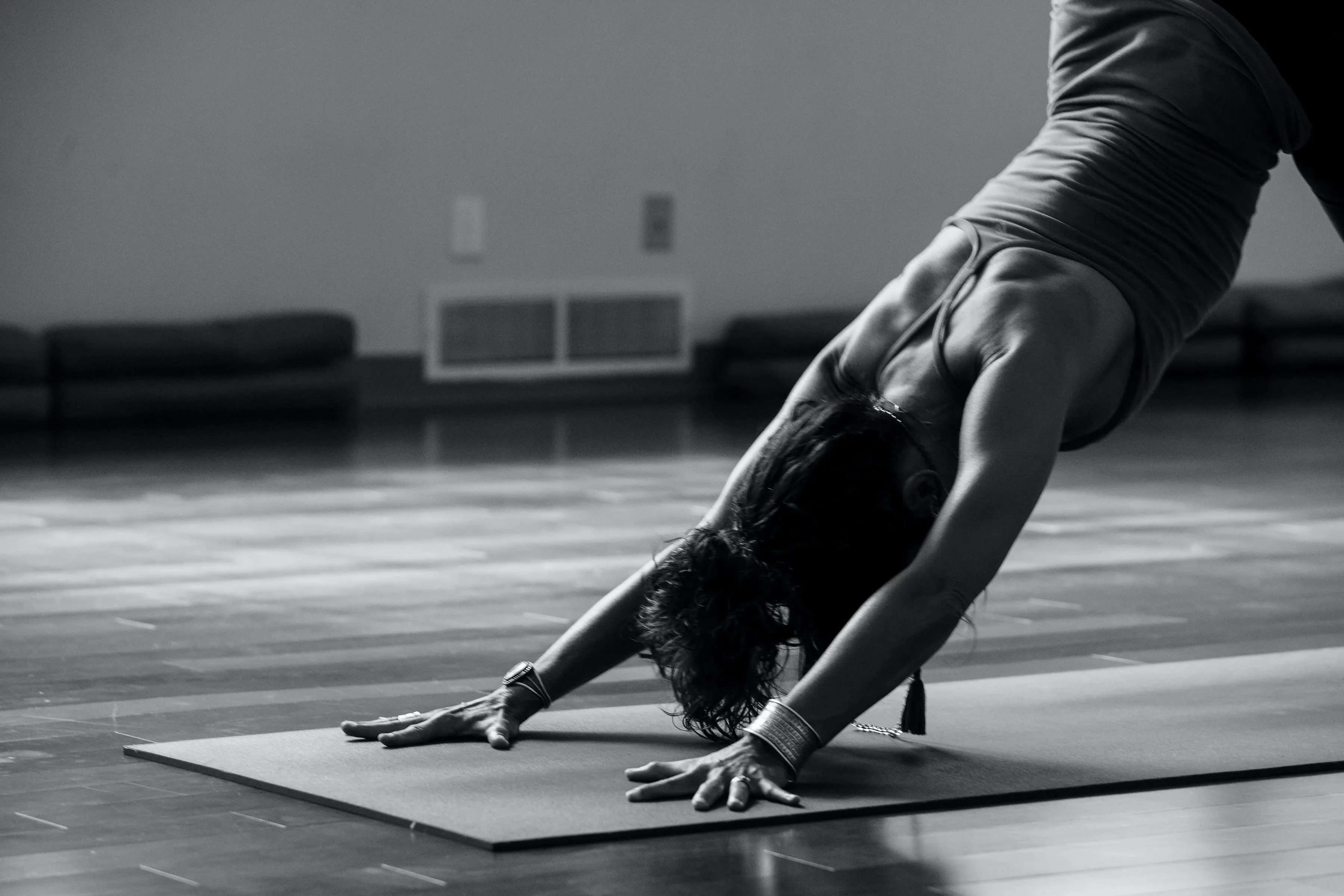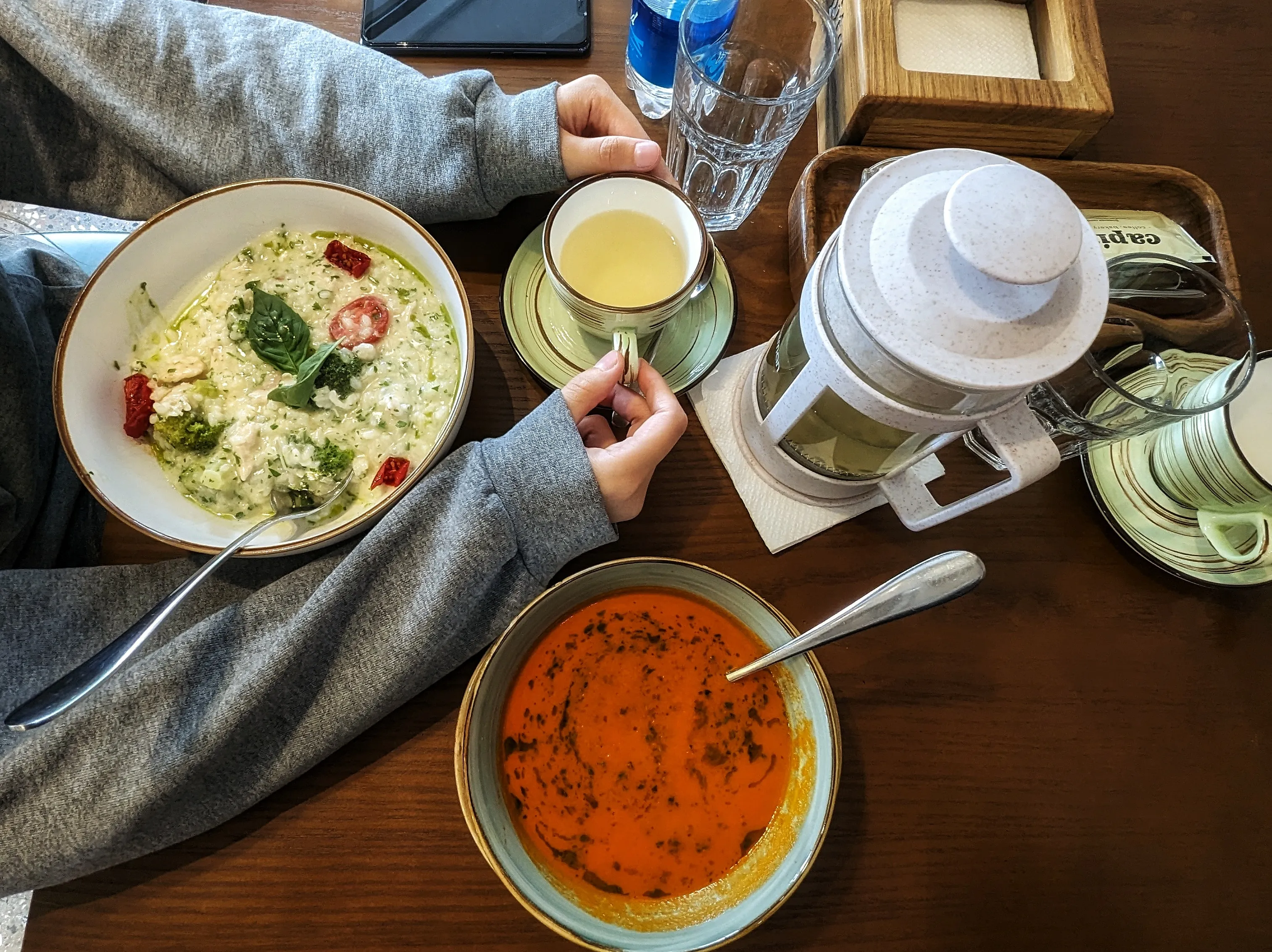Best Exercises to Lower Your Blood Pressure and Blood Sugar
The Winner Is... Isometric Exercises!!!
As a diabetic and certified yoga therapist with over three decades of practice, study, and teaching, as the Vedic text and Upanishads teach, yoga practice should include spanda—the simultaneous hugging of the muscles and reaching out with awareness as you practice.
Current studies are catching up on the efficacy of this: A British study compared workouts like jogging and lifting weights, but the most effective type of workout they looked at, especially for those who already had some form of hypertension, was isometric exercise, which involves contracting muscles (skin to muscle and muscle to bone) without moving. (Do this in any yoga pose for maximum benefit and burn.)
So, the new research adds to a growing body of evidence that quick bursts of exercise—like speeding up your walk during a commute or carrying groceries with a bit more vigor—can significantly benefit your overall health.
What are the best isometric exercises for lowering blood sugar and blood pressure?
2022 research published in the British Journal of Sports Medicine suggests that isometric exercises are better than other forms of exercise at lowering blood pressure. Isometric exercises like wall squats and planks involve holding your body still while tensing your muscles for set periods of time. Other isometric exercises include squeezing a handgrip, holding a leg extension machine in place and squeezing, and squatting with your back against a wall. The wall squat (sometimes called a wall sit) is probably the easiest option for people to try, as it doesn’t require any equipment.
Even though isometric exercises may appear relatively easy, they are often quite intense, especially with hyperbolic and isometric stretches found in yoga. You hold yourself in place, sweating, squeezing in, and breathing for isometrics. A 15-minute routine you can add to your regular workout is a two-minute wall squat, followed by two minutes of rest, repeated four times.
You should stay at the same squat height for all four rounds, and the exercise will feel more challenging the more times you do it. The first will feel like you are exerting yourself at a level of four (out of a possible 10), with ten feeling as if you could not hold it any longer.) The last round should be around an eight, he said. You should feel reasonably exhausted by the end.
And be careful to breathe while you exercise. That enables nutrients and oxygen to get to your muscles and improve your metabolism.
The researchers aren’t entirely sure why isometric exercises are so practical for combating hypertension. One prominent theory is that when you clench your muscles without moving, the local blood vessels around them compress. Then, when you release, blood flushes back, causing the vessels to widen or dilate if you perform the exercise frequently enough, in a way they don’t during a dynamic exercise like a run.
That change can be critical because, over time, high blood pressure can stiffen our arteries and prevent them from dilating correctly, which restricts how much oxygen-rich blood they deliver.
The study doesn’t mean you should not do warm-ups and cardio. Don't go straight for wall squats; isometric exercise should complement, not replace, cardio or weight lifting. If you have any underlying medical conditions, you should consult your doctor to ensure that isometric exercise is safe.
But if you are looking for a heart-healthy addition to your workout, you could do worse than the isometrics of yoga with stretches and, last but not least, the humble wall squat. You only need your willpower, body, and breath.
The Limiting Factor to Exercise is Willpower, Not Time
Studies show that time is not the limiting factor; motivation and willpower are! I've found this is true and that I can fit exercise in every day--or do it discreetly, if needed—in almost any circumstance.
Conclusion
Isometrics is one form of exercise you can do at any time - significantly impacting blood pressure and blood sugar. It's the perfect exercise for those with chronic conditions, including diabetes.












